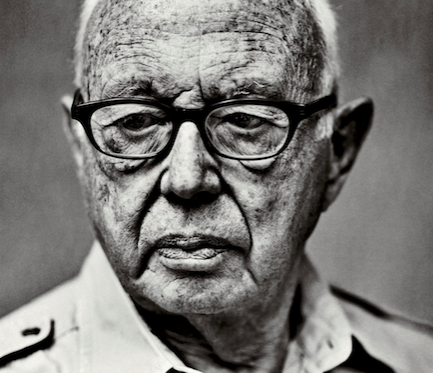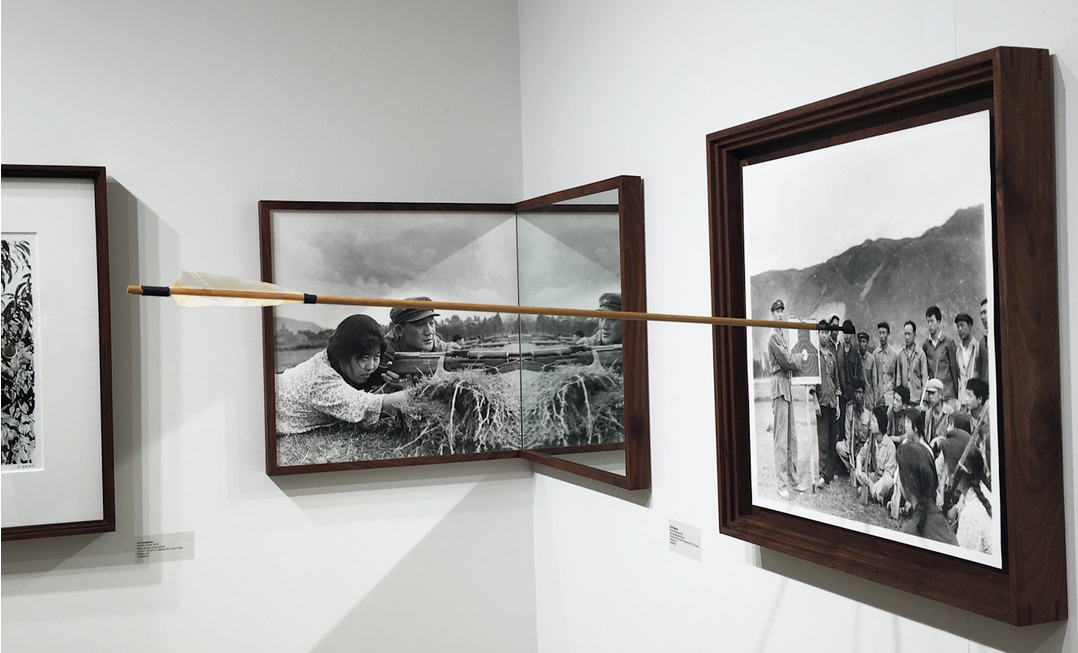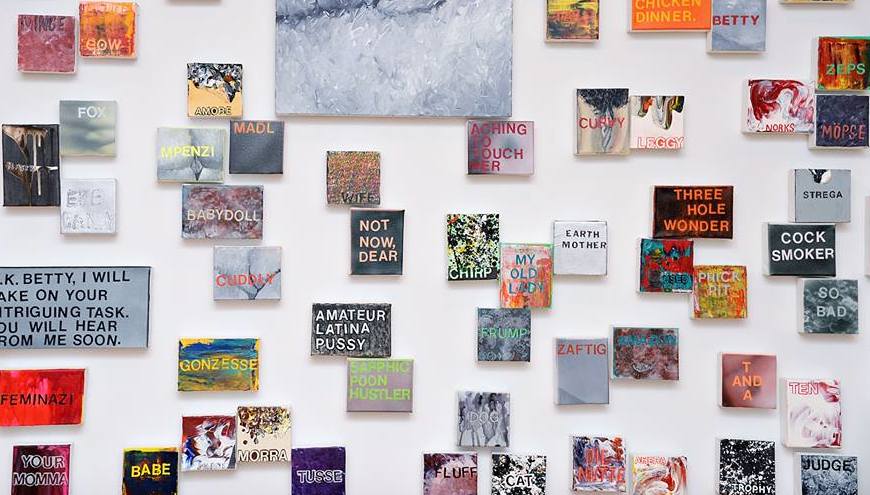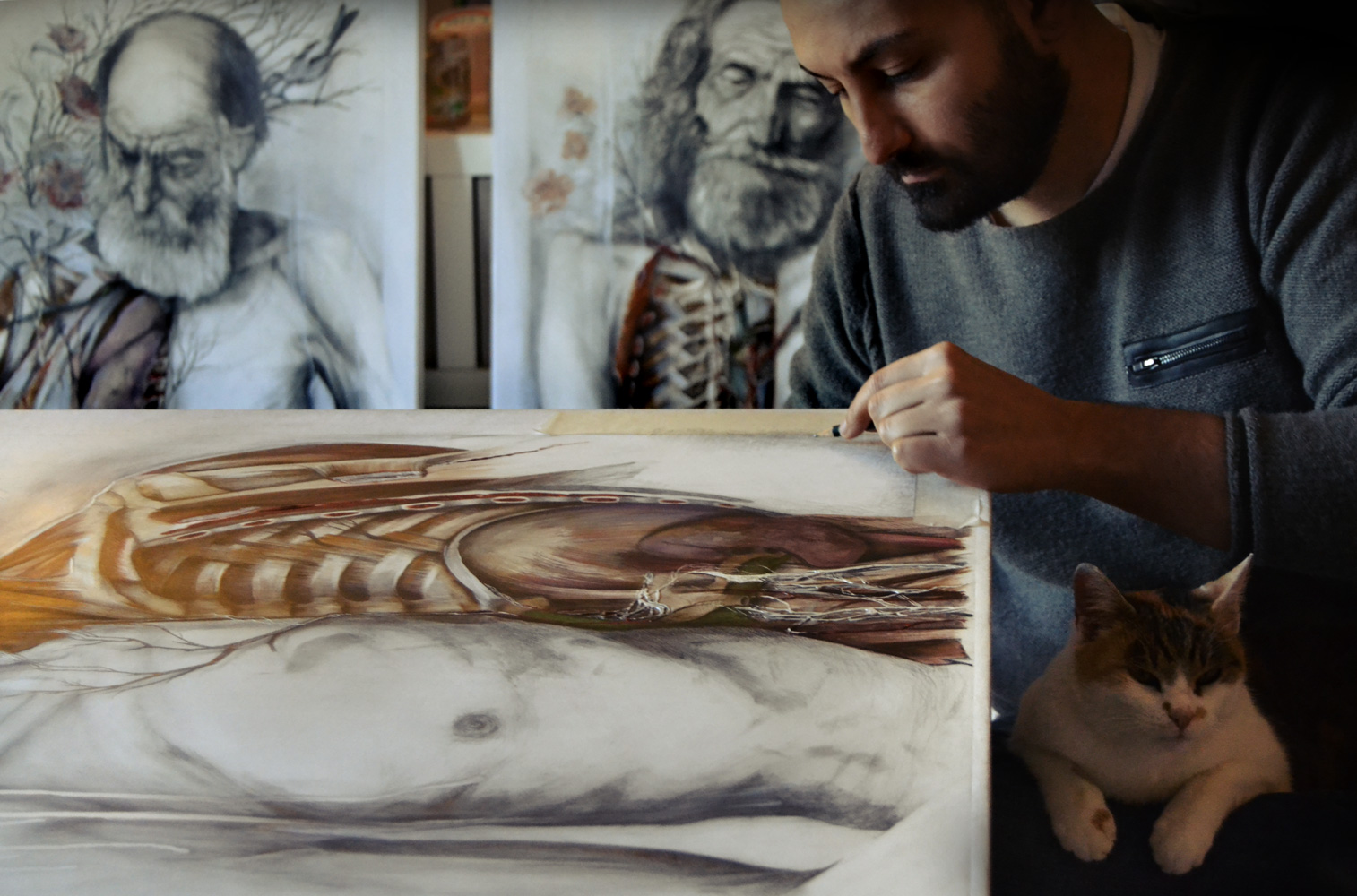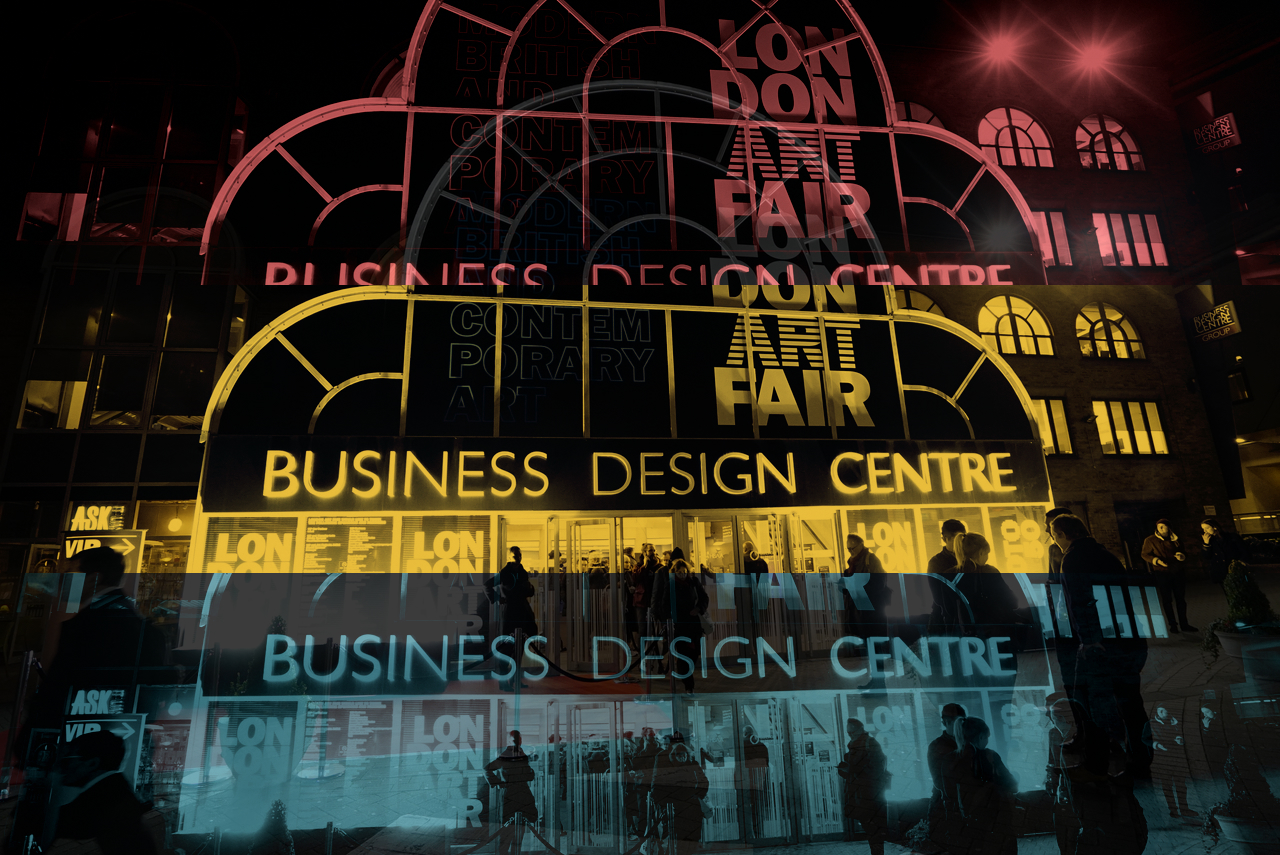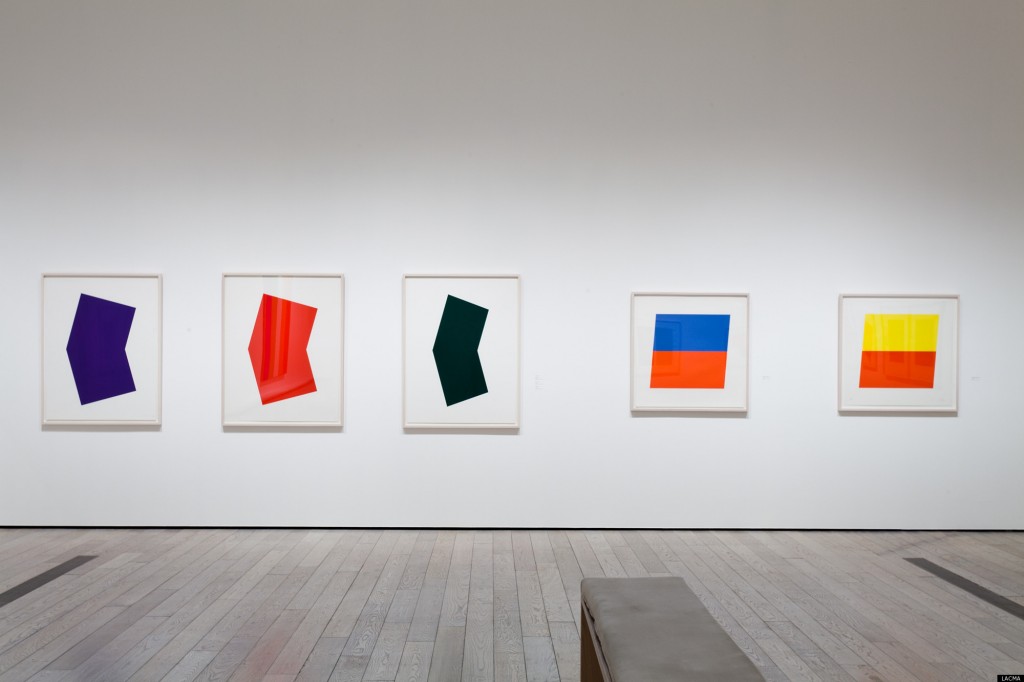
Ellsworth Kelly, an enduringly revered artist whose mastery of color and form influenced movements in the post-war era and beyond, died on Sunday at his home in Spencertown, New York. At 92, he was still eclipsing the limits of the labels he himself bolstered (Color Field, Hard-Edge Painting) and faithfully evolving the way we perceive aesthetics and space.
Famously inspired by Romanesque churches during his studies in Paris, Kelly’s canvases began as low, white reliefs after envisioning the possibilities of their literal construction rather than simply representing reliefs through painting. Slowly working in black, then green, blue, and the rest of the rainbow, he dared to break away from the muted European palate of the 1940s and 50s and the covetous drips of American Abstract Expressionism at its height. He presented the world with resolute tones and clean shapes, humbly distilled from the world around him.
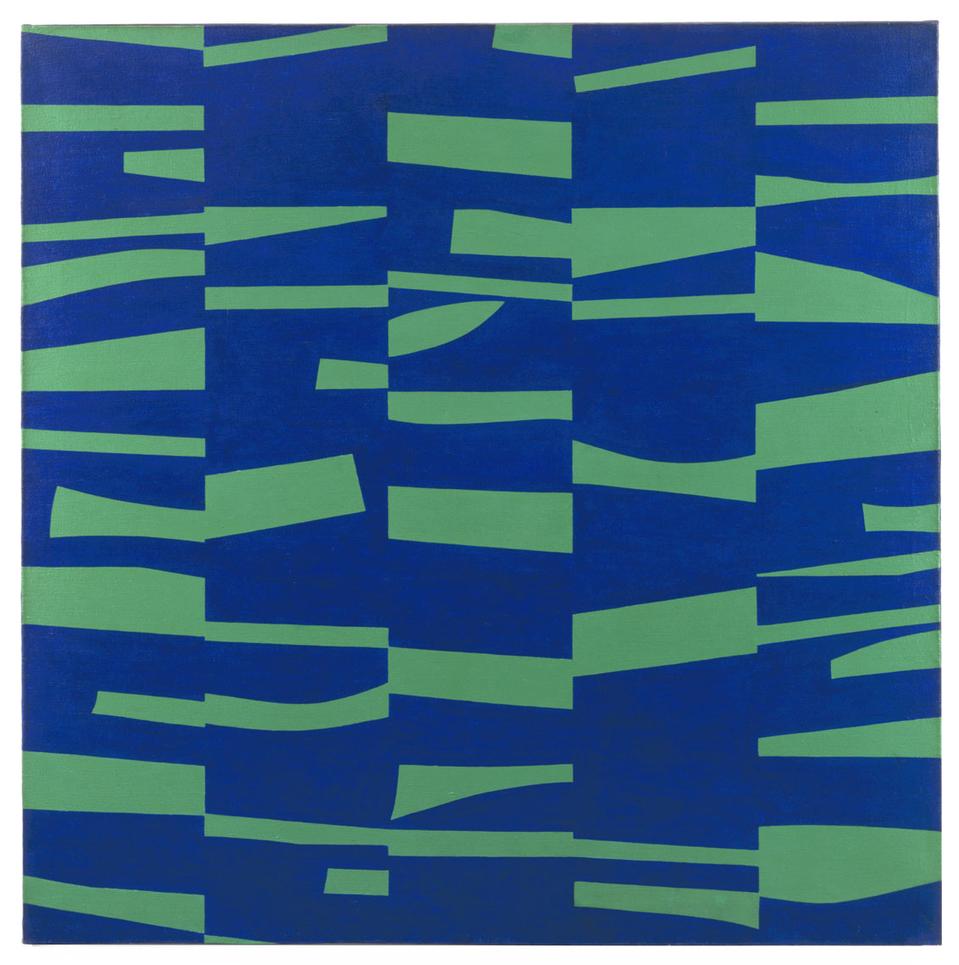
Born in 1923 to Allan Howe Kelly and Florence Bithens Kelly in Newburgh, New York, Kelly was the middle child of three boys. He spent most of his time alone observing and learning about birds—their beckoning bright and bold hues conveying early lessons on color and form.
Upon enlisting in the army at age 19 during World War II, Kelly was placed in a top-secret unit called The Ghost Army. The ensuing effects of those experiences misdirecting the enemy with inflatable tanks and understanding camouflage expressly emerge in his works.
Kelly, a luminary of the lustrous, established an idiosyncratic language between structure and spectrum that changed the landscape of American Art. While exuberant Kellys can be viewed anywhere in the world (Spectrum IV at the MoMA, the glorious White Curves at Fondation Beyeler, Matthew Marks’ LA facade), we eagerly await how things will progress with his intended upcoming show at the San Francisco MoMA in 2016.
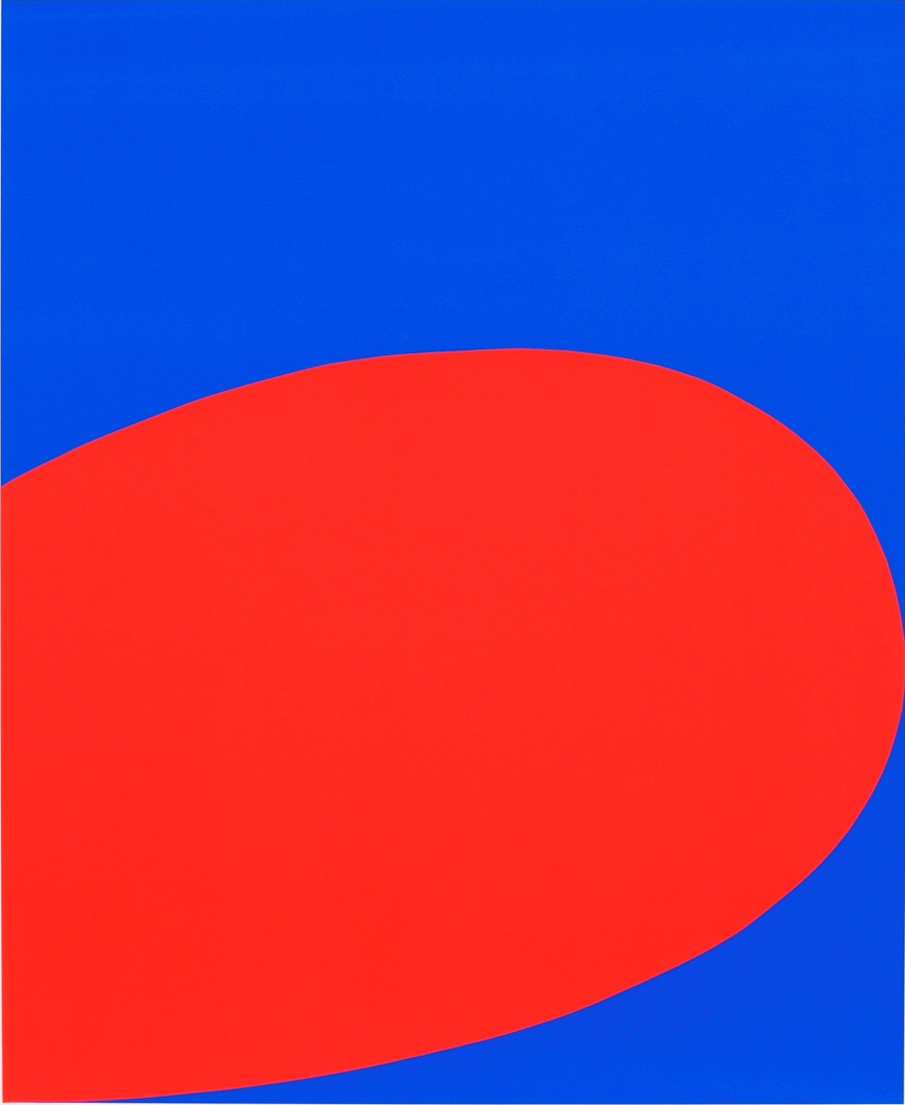
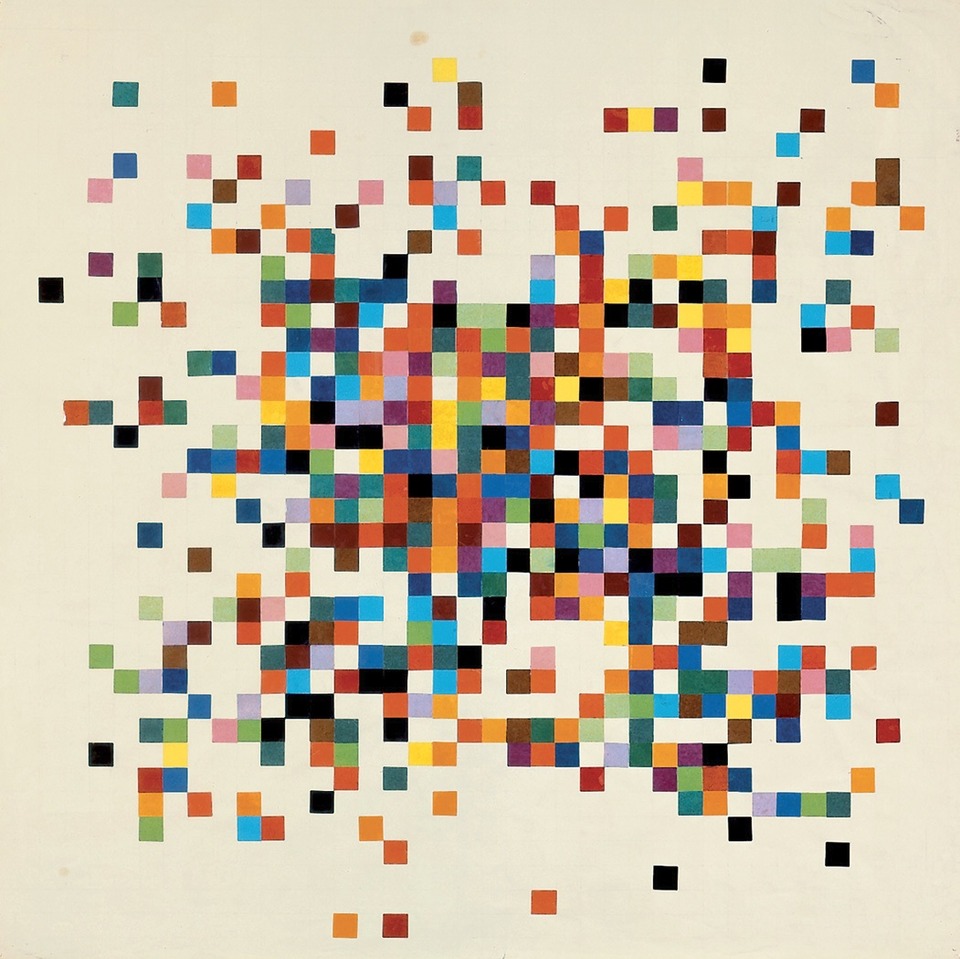
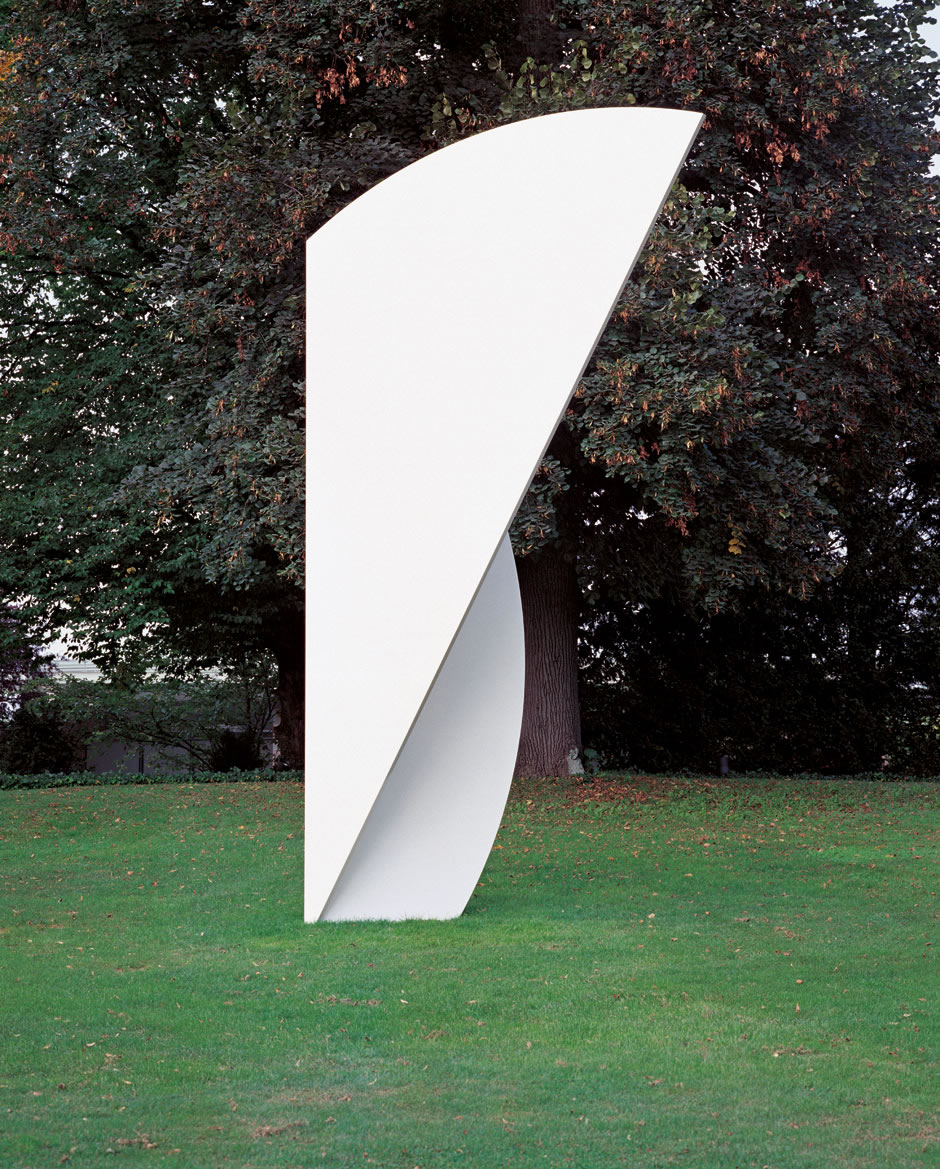
“I always think that artists want to do something that hasn’t been seen before. Keep people on their toes.”
Thank you, Mr. Kelly, for more than half a century of the world on its toes.
Like this article? Read “How To Approach Conceptual and Abstract Art for Beginners” or exclusive interviews with internationally renowned artists.


